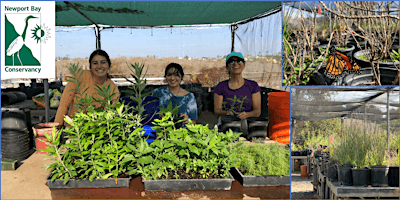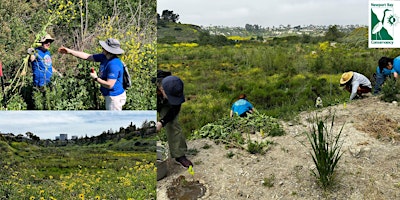 The Raccoon: An Atypical Carnivore
The Raccoon: An Atypical Carnivore Many of us have at least some image of a raccoon. This may be based on the reading of a childhood book, such as the classic Rascal by Sterling North. Perhaps it comes from some adventure (or misadventure) at a family picnic or while on a camping trip. Maybe you have caught the eyes of one with your car lights on a dark night, had one nesting in your attic, or had to discourage one from raiding your garbage. Despite the mischief this “masked bandit” can sometimes cause, the raccoon plays an important role in the ecosystem by helping to maintain healthy populations and distributing seeds, etc. from what they catch or forage.
The widely distributed common or northern raccoon (Procyon lotor) fills an important ecological niche, in and around Upper Newport Bay, as well as throughout much of the western hemisphere. Indeed, by some accounts- with its distinctive black markings, fox-like face and bushy tail, it is—the most easily recognized mammal in North America.
Raccoons belong to the genus Procyon. The genus name, from the Greek meaning “pre-dog,” reflects the lineage the raccoon shares with the dog. Most often the full scientific name, Procyon lotor, is translated as “washing pre-dog”. The common name, raccoon, is derived from the Algonguin word aroughcoune meaning “he who scratches with his hands”.
Despite what is best described as a wide and varied diet, the omnivorous raccoon is technically a member of the Carnivora order. Within the order, members are further classified according to foot structure. As such, the stocky, muscular but agile raccoon, along with the bear and man, is described as plantigrade, meaning that it walks on the sole, or plantar part of its foot. This is in contrast to dogs and cats, which are digitigrades (walking on their toes), and still further removed from seals, sea lions and walruses, which are pinniped (using fins).
As is so often the relationship between form and function, there is a good case to be made that much of the raccoon’s adaptability and characteristic behavior— notably, its ability to exploit its niche— is related to the unique structure of its extremities. For example, its thumbs, although not opposable, are adept, strong and functional enough to allow the species to open latches, twist off lids, open containers, etc. This trait also allow raccoons to “wash”, or, perhaps more accurately, inspect a potential meal with their highly tactile, discerning paws. In terms of survival, this may be an important strategy for a creature that will eat almost anything it can secure: plant or animal; vertebrate or invertebrate; and marine, freshwater or land-based. This includes garbage and compost; grubs, snails, worms, frogs, turtles and shellfish; rabbits; waterfowl and other ground nesting birds (chicks, eggs); backyard garden fruits and vegetables; as well as wild seeds, berries and nuts.
Despite its wide- ranging foraging habits, there is one thing that a raccoon won’t seek out- desert-like, arid environments. And so Upper Newport Bay, with its mudflats, riparian and upland areas, is an ideal habitat for this mammal. Still, it is not a regular occurrence to see a raccoon or a group or raccoons around the Bay. Like so many UNB species, the raccoon prefers to operate under the cover of darkness, or at least dusk, and tends to be solitary, accept when mating or in a family way.
Mating between mature individuals usually occurs between February and March. Males, who are usually larger than the females, do not participate in raising the litter. Young are generally born in April or May. Litters range from three to six young, producing young that are initially blind but furred. In terms of coloring, raccoon are generally the familiar gray with black and white markings; still, pure white and pure black individuals can occur. Family groups stay together for up to a year, although they typically vacate the original den within six to eight weeks. The young usually become fully independent when displaced by the arrival of a new litter.










